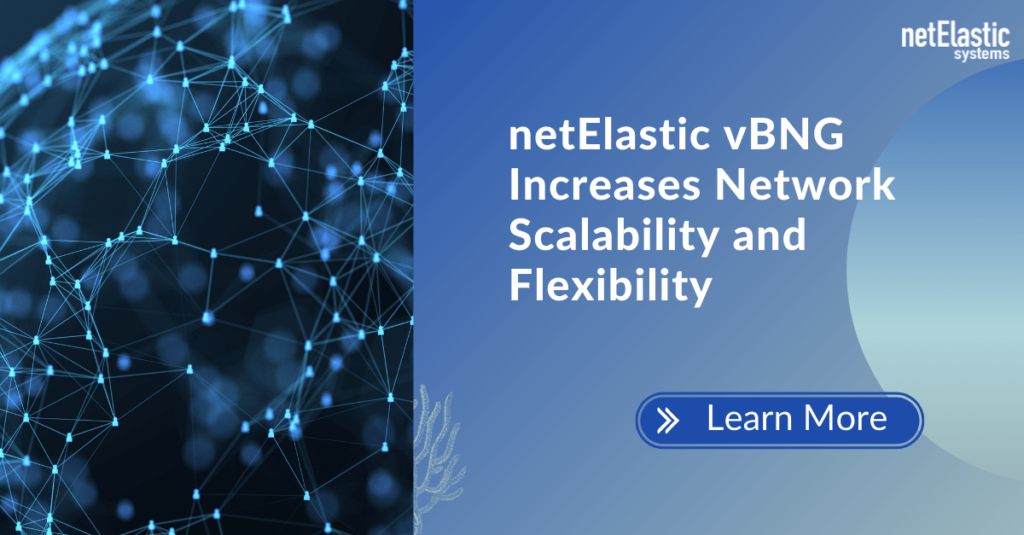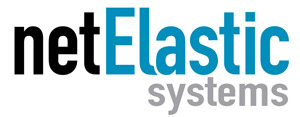Global internet bandwidth rose by 28% in 2022, according to TeleGeography’s Global Internet Geography research. Total international bandwidth now stands at 997 Tbps, which represents a 4-year CAGR of 29%.
What does this mean for broadband service providers?
It means broadband providers need to stay ahead of the demand for more bandwidth. It also means the ability to scale has never been more important.
As a result, the increase in internet traffic is fueling the demand for greater network scalability and flexibility. In fact, with internet traffic increasing every year, greater scalability and flexibility have become a network requirement.
Unfortunately, networks have traditionally been built using proprietary systems that bundle software and hardware from a single vendor. This translates into vendor lock-in and a never-ending need for expensive hardware replacements.
Network Disaggregation: A Technology for the Times

Disaggregation decouples network software from the hardware, allowing each component to be individually deployed. The foundation of network disaggregation is using standard x86 servers (as opposed to ASIC-based servers) to run network services over a shared physical infrastructure. This results in fewer proprietary network appliances and a lower total cost of ownership (TCO). And by separating software from the hardware, disaggregation improves both network scalability and flexibility.
Decoupling hardware from software also eliminates vendor lock-in and enables broadband providers to choose software and hardware from best-of-breed vendors. This gives choice and control back to service providers, enabling them to select solutions that best meet their needs. While many providers may be familiar and comfortable with traditional single-vendor solutions, this familiarity comes at a very high cost. List prices from traditional router manufacturers are much, much higher and usually require expensive upgrades.
In addition to increasing network flexibility and agility, network disaggregation also increases the ability to innovate. Moving to a disaggregated, or software-based network with a shared infrastructure enables you to roll out new services faster. Greater network agility can become both a competitive differentiator and a source of cost savings.
Disaggregating the Broadband Network Gateway
As bandwidth demand continues to accelerate, broadband network gateways (BNGs) have become a vital piece of the access network. Disaggregated, or virtual BNGs, increase network scalability by separating network functions from proprietary hardware appliances. By disaggregating vBNG software from the underlying hardware, you don’t have to purchase additional hardware appliances every time you need more network capacity. All it takes is a few software commands to add more capacity quickly. Virtual BNGs also disaggregate the control plane from the data plane, so each can grow independently of each other.
Next-Generation vBNG
netElastic developed one of the first software-based virtual BNGs (vBNGs) and is a market leader in vBNG technology. netElastic vBNGs run on standard Intel® Xeon® Scalable processor-based CPU technology, which provides the scalability to handle increased network traffic and the flexibility to quickly make new feature changes.
By eliminating proprietary hardware, netElastic vBNG is also helping broadband providers save money. netElastic vBNG customers report saving up to 70% compared to their previous vendors.
Meeting the Demand for More Bandwidth
The pandemic has forever changed the way we live and work. As a result, internet traffic continues to grow. To keep ahead of the growing demand for bandwidth, broadband providers are transitioning from proprietary hardware-based edge networks to scalable disaggregated networks.
This trend is also evident with BNGs, with service providers increasingly adopting virtual BNGs for their greater scalability, flexibility, and cost savings. In addition to those benefits, netElastic vBNG, running on the latest standard Intel Xeon Scalable processor-based CPU technology, has significantly increased the performance level for vBNGs, having recently reached 1 Terabit of throughput.


